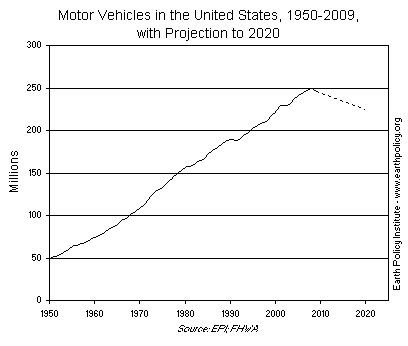Railroad history dates back to the 1550’s in Germany where horse drawn wagons or carts moved along railed roads consisting of wooden rails. Modern rail has come a long way. Today, there are myriad forms of rail transportation that connect people and goods throughout the world. Without the powerful locomotive, modern day rail transportation would not
Rail
At one time riding the rails was a delightful way to travel; quick and easy as well as a reasonable and profitable way to move goods. Something happened over the last 50 years. Some people objected to railroads as unsightly. They also became crowded and in many cases run
Flying dwarfs any other individual activity in terms of carbon emissions, yet more and more people are traveling by air. With no quick technological fix on the horizon, what alternatives — from high-speed trains to advanced video conferencing — can cut back the amount we fly?
In most departments I have excellent green credibility, and my carbon footprint is small. I have not owned a car in more than 20 years and commute to work by subway. I walk to the market and generally no longer buy produce flown in from far away. I recycle. I have an air-conditioner, but use it only on the hottest of days. I have gone paperless with all my bills.
But my good acts of responsible environmental stewardship are undercut by one persistent habit that will be hard to break, if it is possible at all: I am a frequent flyer, Platinum Card. Last year, I traveled nearly 100,000 miles of mostly long-haul travel. And that figure puts me in the minor leagues compared to legions of business consultants, international lawyers, UN functionaries — and even climate scientists — who certainly travel much more.
While electric vehicles are the most environmentally friendly transportation solution of today, there is one start-up that thinks further ahead. What might sound like a futuristic idea borrowed from a sci-fi movie will soon become reality in some cities.
I’m talking about personal rapid transit, a system somewhere between mass transportation such as metros and buses, and more private transportation such as taxis. The Finnish start-up BM Design has the solution to our transportation needs of tomorrow.
Asko Kauppi, Founder of BM Design and among the several hundred people who invented personal rapid transit, describes it as “packaged routing of people.” The idea itself is nothing new and has its roots in the 1960s and 70s. However, a company still needs to present a viable commercial solution for PRT.
The advantages of personal rapid transit include this: Instead of you waiting for a bus or metro to arrive, the PRT vehicle — a lightweight, battery operated vehicle seating two to three — is waiting for you.
Between 1950 and 2008 more cars were added to our roads virtually every year as the total fleet expanded steadily from 49 million to 250 million vehicles. In 2009, however, 14 million cars were scrapped while only 10 million cars were sold, shrinking the fleet by 4 million vehicles, or nearly 2 percent. With record numbers of cars set to reach retirement age between now and 2020, the fleet could shrink by some 10 percent, dropping from the all-time high of 250 million in 2008 to 225 million in 2020.
The United States, with 246 million motor vehicles and 209 million licensed drivers, is facing market saturation. With 5 vehicles for every 4 drivers, the 4-million-vehicle contraction in the U.S. fleet in 2009 does not come as a great surprise. In a largely rural society, more cars provided mobility, but in a society that is now over 80 percent urban, more cars provide immobility.
In a recent survey published by Eurostar (a rail line), travelers in the United Kingdom (UK) were asked to select factors that were important in choosing their holiday or short break destination. “Cost of getting there” was selected seven times more often than “Carbon footprint,” which ranked well below other factors as well, like “Going somewhere new.” This is not an uncommon experience. How we get to where we want to go is overwhelmed by other factors. Even this in mind the greening of travel continues.
Faced with global climate change, many around the globe, from governments to companies to individuals, have warmed to train travel.
Traveling by rail is on average three to 10 times less CO2-intensive compared to road or air transport, according to the UIC, a Paris-based international organization of the railway sector.
Since 1981, France has had a true high speed rail service, the TGV (Train à Grande Vitesse). We here in the US are only about 30 years behind the French in the regard…and counting. As US politicians continue to dither on high speed passenger rail, throwing loose change at development, the French corporations like Alstom have perfected this product for export to its former colonies in the developing world making big profits. Since the US is on par with developing world rail infrastructure, we may be best served by swallowing our pride and purchasing this technology from French post haste.
The TGV’s maiden voyage was between Paris and Lyon on September 27th, 1981. Ridership is expected to hit the 2 billion mark in 2010. It is a smashing commercial success, but goes further than that as a symbol on national pride and technological prowess. It is a cornerstone of European integration as it connects France to the UK and her continental neighbors with speed and dependability. Let us parse out the credit for this success to everyone, but one small group of people deserves a mention: the riche.
